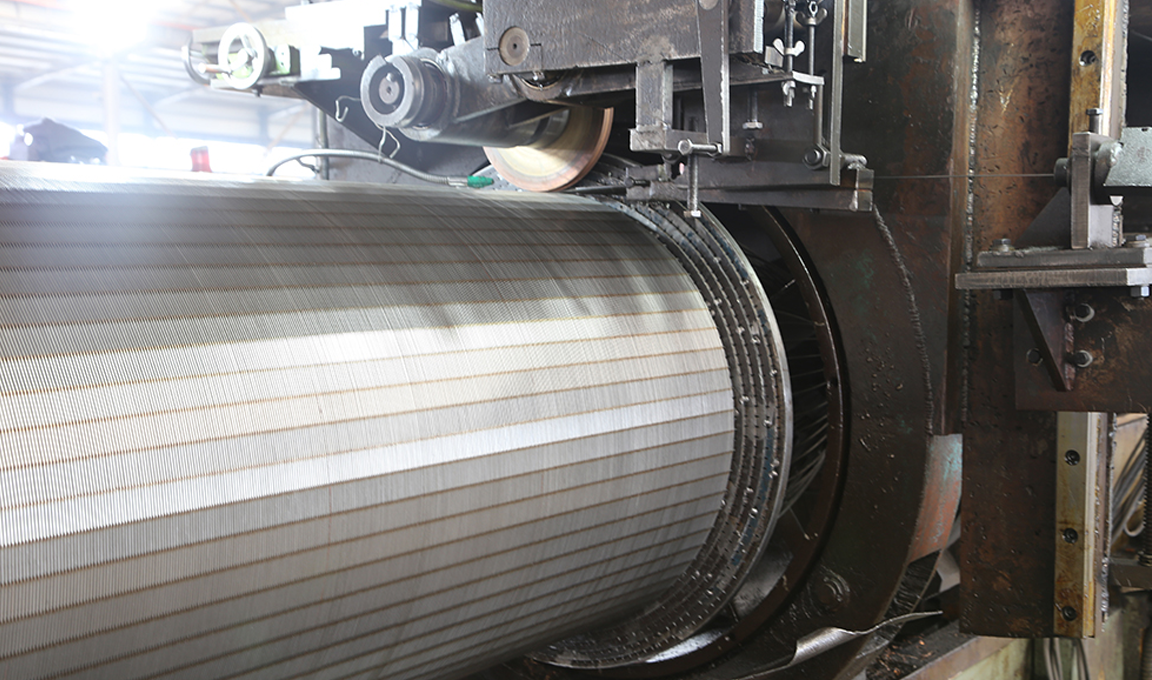Understanding the Cost of Steel Grating
Steel grating is a vital material used in various industrial applications, including flooring, walkways, and platforms. Its fabrication involves a series of processes that result in a strong and durable product, well-suited for environments requiring high load-bearing capacities and resistance to corrosion and wear. However, the cost of steel grating can vary significantly based on a variety of factors. Understanding these factors is crucial for making informed purchasing decisions.
1. Material Costs
The primary component of steel grating is, of course, steel. The cost of steel fluctuates based on global market trends, influenced by supply and demand dynamics, tariffs, and trade policies. Generally, when the demand for steel rises, so does its price, which directly impacts the cost of producing steel grating. Moreover, the type of steel utilized—be it carbon steel, stainless steel, or other alloys—also plays a critical role in pricing. Stainless steel, for instance, is more expensive due to its properties, such as corrosion resistance and longevity, making it suitable for specialized applications.
The methods used to manufacture steel grating can significantly influence its overall cost. Various production techniques exist, such as pressed, welded, or swaged grating. Each method entails different labor and machinery costs. For example, welded steel grating usually has a higher labor cost due to the intricate welding processes involved, while pressed-grating might be less labor-intensive but can result in different load capacities. Additionally, the complexity of the grating design—whether it includes additional features like anti-slip surfaces—can add to the manufacturing costs.
3. Customization and Specifications
cost of steel grating

Customization also plays a critical role in the cost structure of steel grating. Many projects require specific dimensions, load capacities, and finishes that deviate from standard offerings. Customization may involve specialized tooling, additional machining, or surface treatments that can drive up the price. Furthermore, specifying grating for heavy-duty applications can lead to higher costs, as these require thicker bars and closer spacing to accommodate increased loads.
4. Bulk Purchases and Supplier Relationships
Purchasing steel grating in bulk can lead to cost savings. Many manufacturers and suppliers offer discounts based on the volume of steel grating ordered. Establishing a good relationship with suppliers can also yield benefits, such as better prices or terms, as well as priority production schedules. Pricing negotiations can often yield favorable results, especially when dealing with long-term partners.
5. Transportation and Installation Costs
While the cost of the grating itself is a significant factor, one must also consider the transportation and installation costs. The logistics of shipping steel grating from the manufacturer to the project site can be considerable, especially for heavy or bulky items. Additionally, installation requires skilled labor, which can add to the overall expense. Understanding these costs upfront allows buyers to budget more accurately.
Conclusion
The cost of steel grating is influenced by a multitude of factors ranging from material prices to customization and logistics. When planning a project that requires steel grating, it’s essential to consider all these aspects to make an informed decision. By analyzing market conditions, understanding manufacturing processes, and evaluating the total costs—including transportation and installation—buyers can better prepare for their projects and ultimately select the most cost-effective solutions in steel grating. In an ever-evolving market, staying informed and adaptable can lead to substantial economic benefits.
-
Why Galvanized Trench Cover Steel Grating Resists Corrosion
NewsJul.10,2025
-
The Versatility and Strength of Stainless Expanded Metal Mesh
NewsJul.10,2025
-
Load Calculations in Steel Grating Platforms
NewsJul.10,2025
-
Keeping Pets and Kids Safe with Chicken Wire Deck Railing
NewsJul.10,2025
-
Hole Diameter and Pitch for Round Perforated Metal Sheets
NewsJul.10,2025
-
Aluminium Diamond Mesh in Modern Architecture
NewsJul.10,2025
Subscribe now!
Stay up to date with the latest on Fry Steeland industry news.

